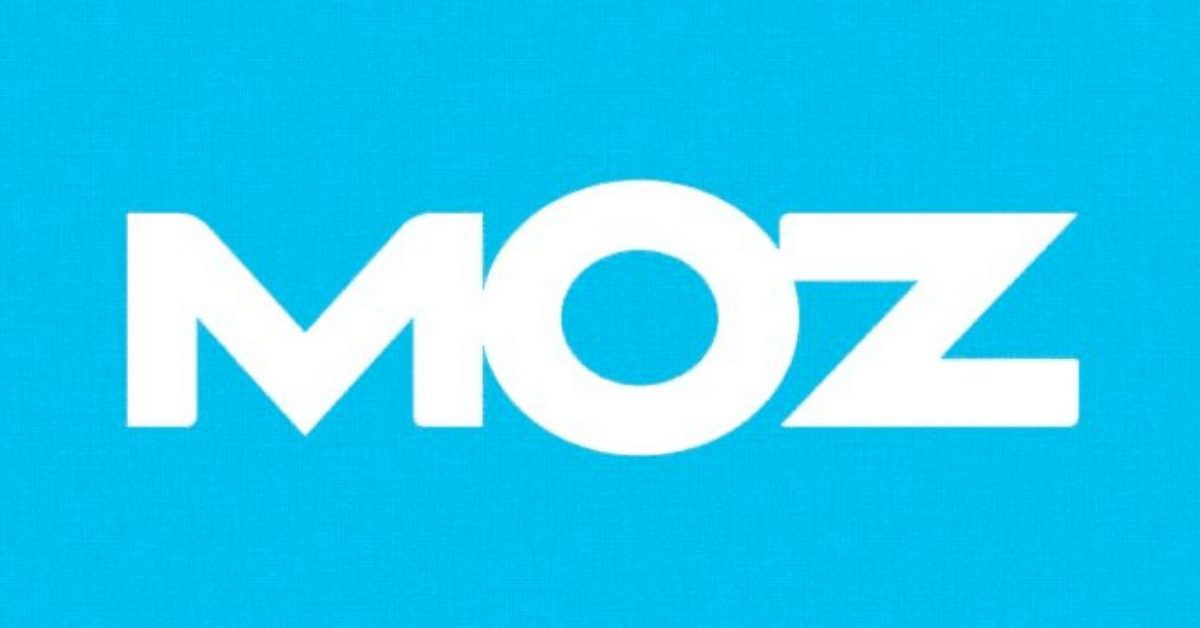Like every other social media content strategist out there, I have Moz’s blog in my RSS feed and I follow them on Twitter. They come up with some pretty nifty content all the time, and at least for me, are the most trustworthy source for SEO information out there. I’ve always held them in high stead for being classy in whatever they do, and yesterday when the Moz site went down, my respect for them didn’t fall and their image in my mind was not tarnished.
If anything, I respect them a little more for how they handled the situation.
To be honest, I wasn’t aware that Moz was down. My Twitter feed threw up the following tweet.
So Moz was down. And they announced it on Twitter – that’s what most people would do. And the Moz community was quite understanding. No one flamed them (as far as I know) – and Moz could have left it at that. Plenty of visitors could have waited.
But you know what Moz did while they couldn’t provide them with engagement on the website? They provided them with engagement anyway.
That was pretty nifty. Users were free to interact with Moz on Twitter, ask them questions and keep them engaged. Instead of the users wandering off onto other websites, and coming back to check Moz later, they could continue to interact with Moz on Twitter, have some casual conversation which otherwise is hard to get with an account as busy as Moz’s.
And that could have been enough – but it wasn’t. They continued.

Instead of just asking fans to interact – Moz started giving their followers some thing to respond to, something humorous, something to entertain them with. And it wasn’t just them broadcasting these messages, they took out the time to respond to their followers and continued to engage with them in replies.
And they continued to acknowledge that the Twitter account interaction was by no means a complete substitute for the website, but just a temporary stand-in.
In fact, even if fans were in desperate need to read an article because they needed to reference it for a client project or for some important research that they were doing to make a decision for their website, Moz provided them with a guide on how they can achieve the same.
By this point, I was thoroughly impressed. They were covering all of their bases, and Moz just reminded me yet again why I hold them in such high stead all the time.
This is an example of absolutely quality customer service and being on the ball. My learnings, summarized:
- Acknowledge a mistake from your end. If your website is down, don’t try and get it fixed and leave no trace of it on Twitter. Be gracious to your followers and let them know that you are aware of a problem are fixing it.
- Take the time out to keep them engaged on another platform if one goes down. After all, since you forced yourself to have a presence on Facebook, Twitter, Google+, Instagram, Vine and everything else on the planet – this is a great way to leverage those platforms and make use of them.
- Don’t engage for the sake of engaging. Respond to their questions and comments, give them fresh content on the other platforms to engage with and keep them occupied.
- Don’t forget about the initial problem. Keep providing updates on how the initial problem is being handled, don\’t just shelve it and hope that your fans and followers forget about it.
Hats off to the Moz team for their pro-activeness over the last 24 hours, and turning what could have been a blemish on the Moz image to something that elevates it even higher.
Book your Radarr demo today!












